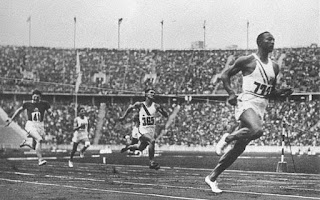Video Assignment Reflective Blog
I decided to create a video that highlighted unique individuals at the University of Mount Union and how they are making the most of their opportunities on campus. The entire production process was rigorous, yet enjoyable. Upon completion, I was truly proud of the product I created.
This assignment showed me many elements that I liked about video production. In fact, this assignment at first was incredibly intimidating, but after some trial and error I began to enjoy the editing software and the tools I could use to make my videos more professional. Initially, I created a storyboard. A storyboard is essentially a way to outline the shots and sequence of a video. This helped me organize how many actors I would need, where I could utilize cuts and still shots, and what backgrounds I would use in my shots. I also enjoyed working with the different kinds of cuts the editing software had to offer. I successful used a cross dissolve and a simple cut in my video. There is an example of a cross dissolve at 0:04 and an example of a simple cut at 0:37. I tried to create a jump cut at the last transition of actors at 1:19 but failed. If I ever create another video, I want to make sure that I understand the jump cut because I think it can be useful tool. Lastly, I tried to incorporate many of the rules discussed in class such as rule of thirds, head space, and looking room. I kept all of these in mind when shooting the scenes. My idea for this video was to create a smooth commercial highlighting different friends of mine. Using video as a medium afforded me the ability to create cuts to seamlessly show different scenes with different people. I feel like an idea like this would be more difficult to execute using audio or writing as a medium.
While I thoroughly enjoyed the bulk of this assignment, it certainly came with a number of challenges. The main struggle I had, and this may seem weird, was learning to use a Mac. I had never used a Mac before, and I was borrowing one to use Imovie as my video editing software. It took me an hour or so of use to get a feel for how to navigate it and use the Imovie software. It led to some early frustration but I quickly got used to it and after a few days, using the Mac was no longer a problem.
Another difficulty I experienced was attempting an L cut. I wanted to do an L cut at 1:07 when the scene shifted to the athletic complex. There were background sounds of basketballs and I thought I would be able to fade that sound in before that scene started. When I was trying to mess with the audio, everything was off and I just couldn't grasp the idea. I'm glad that I tried at all, but disappointed I couldn't make it work. These challenges taught me that video editing can be intimidating/challenging at times, but with a little bit of dedication along with ample internet resources to help, it is a really a great medium that is relatively simple to get comfortable with. I'm proud that I as able to incorporate many of the elements we discussed in class into my video, and I truly think they led to a semi-quality video.
In summary, I gained a vast amount of knowledge and experience from this assignment. I now know what makes a shot look good, how to transition from scene to scene, and how to use many tools in an editing software. In today's media driven world, video is at the forefront of it all. Videos are an excellent way to give a pictorial and auditory representation of an idea. With this acquired knowledge, I feel like I will be able to assign video assignments in my future classroom. I will know how to help students use the software and create the video. I can also help them format it and upload to the internet. Sometimes, the best way to show information is through a video and I am grateful I was afforded the opportunity to gain some experience with it. I still do not know what I want to do for the final project in this class, but video is definitely not ruled out. I really did enjoy this assignment and if I think of a good enough idea, I may use video as my medium.
